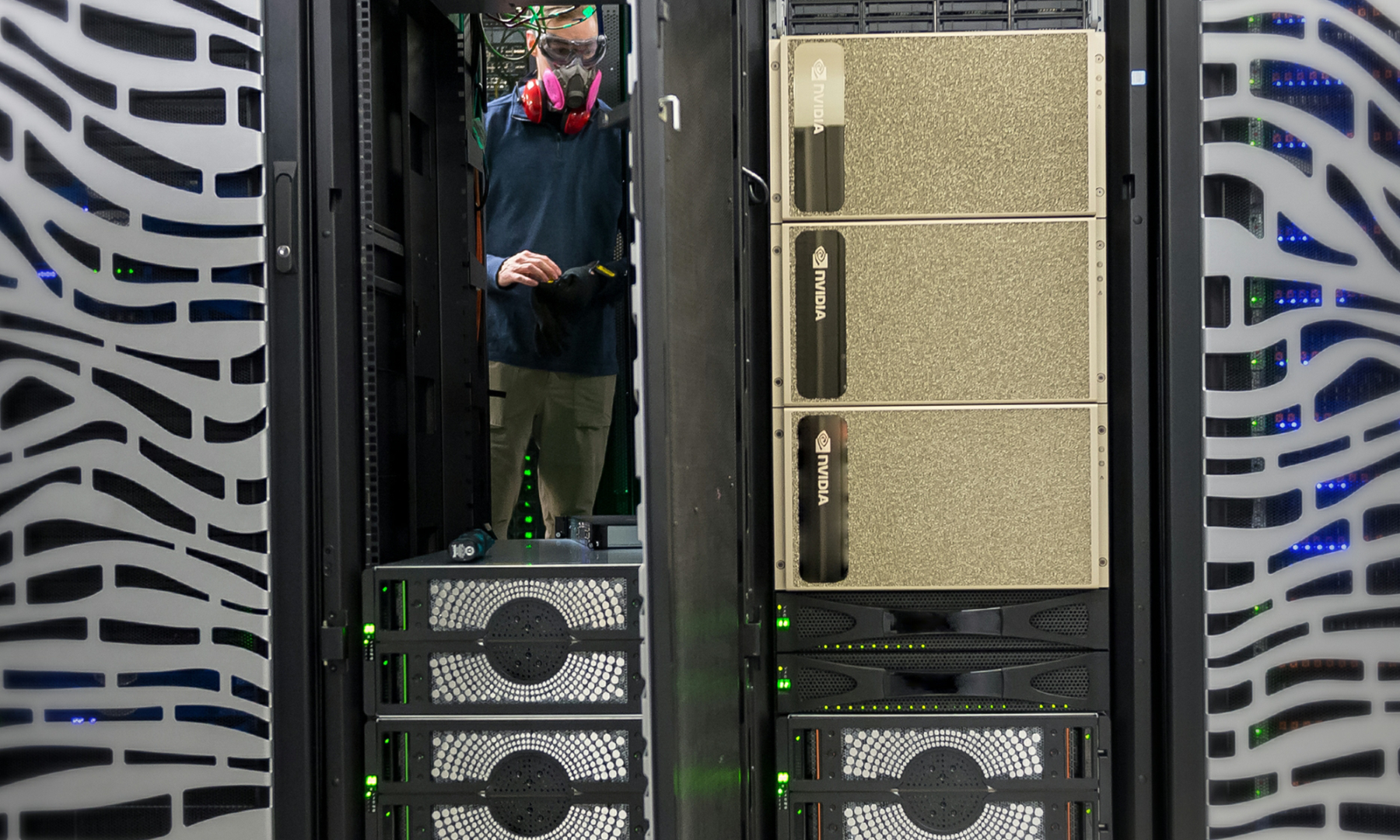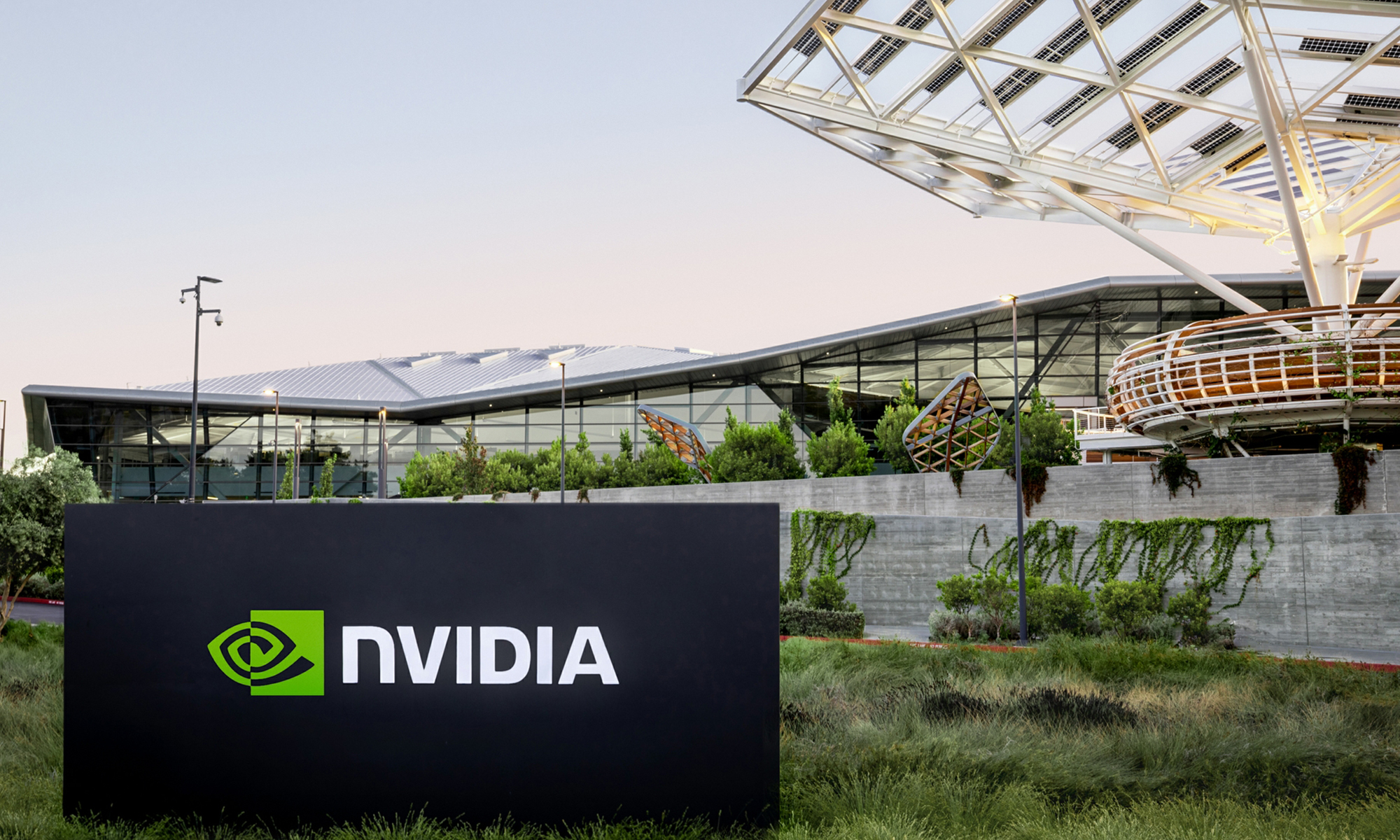
NVIDIA expects as many as four of its Tegra processors to be used in each vehicle, Credit: NVIDIA Corporation.
It's no mystery that cars have gotten significantly "smarter" in recent years. With every iteration of new models, high-tech features such as blind-spot indicators, front-collision avoidance, lane assistance, and graphics-rich infotainment systems are already becoming commonplace.
But according to graphics-chip specialist NVIDIA Corporation (NVDA 1.48%), we've only just begun.

NVIDIA CEO Jen-Hsun Huang holding Audi's self-driving computing model, which contains a Tegra K1 processor. Credit: NVIDIA.
That's not to say the current market is inconsequential. When NVIDIA announced second-quarter results last week, it told investors its automotive segment revenue growth accelerated to 74% year over year, thanks in part to recent infotainment system design wins for its Tegra processors in newer models from both BMW and Volkswagen. What's more, when Google launched Android Auto at its annual I/O conference earlier this year, it used a Tegra-powered infotainment system for the demonstration.
As it stands, Tegra processors are already found in more than 6.2 million cars, and NVIDIA says "the number is growing rapidly." And that's no surprise, as Volkswagen alone sold more than 5.2 million vehicles in the first half of 2014.
But there's another reason NVIDIA investors should be excited right now. For that, consider NVIDIA's supercomputer-esque, 192 Kepler-core Tegra K1 processor, which was officially unveiled in January at this year's Consumer Electronics Show in Las Vegas. Then in March, NVIDIA invited Audi to its annual GPU Technology Conference to show off this self-driving car, which relies on the Tegra K1's computing power contained in a small module in the trunk.

Audi's self-driving car relies on NVIDIA's Tegra K1 processor, Credit: Audi.
In fact, NVIDIA envisions that up to four of its Tegra K series processors will ultimately be integrated into each vehicle going forward. As Automotive Design & Production editor Gary Vasilash pointed out -- and keeping in mind each Tegra K1 is capable of performing at 384 GFLOPS, or 2 billion floating point operations per second for each of the K1's 192 cores -- that would mean "a two-car garage would have as much computing power as the $120 million Blue Mountain supercomputer installed at the Los Alamos National Laboratory in 1998."
And that comparison is no coincidence. Last month, NVIDIA confirmed that the world's top 15 most energy-efficient supercomputers have NVIDIA Tesla K-series GPU accelerators "at their heart."
Better yet, NVIDIA CEO Jen-Hsun Huang says the company purposefully made the K1 a fully programmable platform. In short, this will enable consumers to easily update their vehicles as NVIDIA improves both the physical and algorithmic capabilities of their K series processors going forward. If you're still having trouble visualizing exactly what that means, check out this short clip from Huang's CES presentation:
So why is NVIDIA thriving in the automotive space? For one, the parallel computing structure that drives the GPUs NVIDIA has built for decades makes them better suited for handling many tasks at once than traditional CPUs. This plays perfectly not only into the graphics requirements underlying infotainment systems, but also into the lofty computational demands for effectively handing visually complicated tasks such as feature identification and collision avoidance.
Going forward, we can also safely assume that NVIDIA has no intention of taking its foot off the gas. So buckle up, NVIDIA investors, because this should be one heck of a ride.









